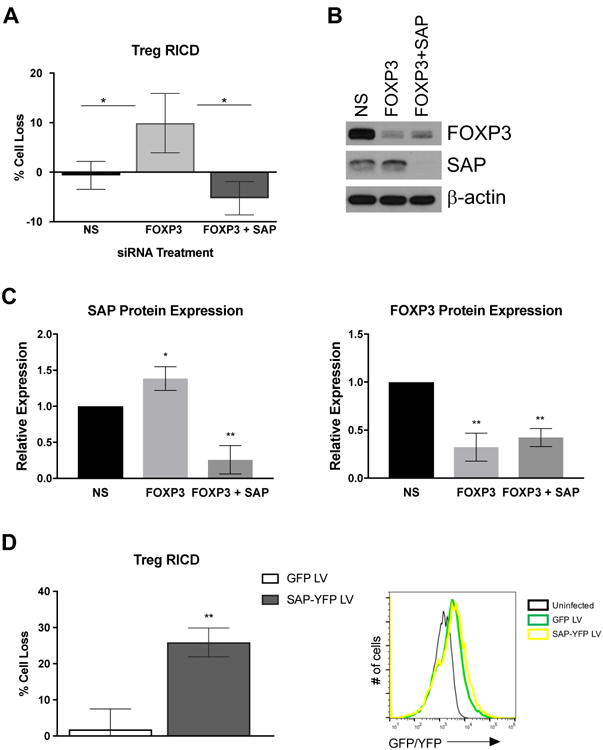Figure 6. FOXP3 confers RICD resistance in Tregs by a SAP-dependent mechanism.

(A) Activated Tregs were transfected with non-specific (NS), FOXP3-specific, or SAP-specific siRNAs. At 4 days post-transfection, cells were restimulated with OKT3 antibody (1 μg/ml) plus Protein A (2 μg/ml) for 24 hours in triplicate. Cell death was measured by flow cytometry using TO-PRO-3 live/dead staining. Data are average ± SD of 3 independent experiments using separate donors. Statistical significance was assessed by one-way ANOVA with Tukey's multiple comparisons test. (B) Changes in FOXP3 and/or SAP expression in siRNA-transfected cells from (A) were assessed by Western blot. β-actin served as a loading control. Data from 4 independent experiments were quantified and assessed for statistical significance by one-way ANOVA with Tukey's multiple comparisons test (right). (C) Activated Tregs were transduced with GFP or YFP-2A-SAP LVs during activation-induced expansion. Cells were then restimulated 24 hours later with OKT3 (1 μg/ml) plus Protein A for an additional 24 hours. Cell loss was determined by TO-PRO-3 live/dead staining within GFP/YFP+ gated cell populations. Data are average ± SD of 2 independent experiments. Transduction efficiency of Tregs was assessed 24 hours post infection by flow cytometry compared to uninfected control cells (right).
